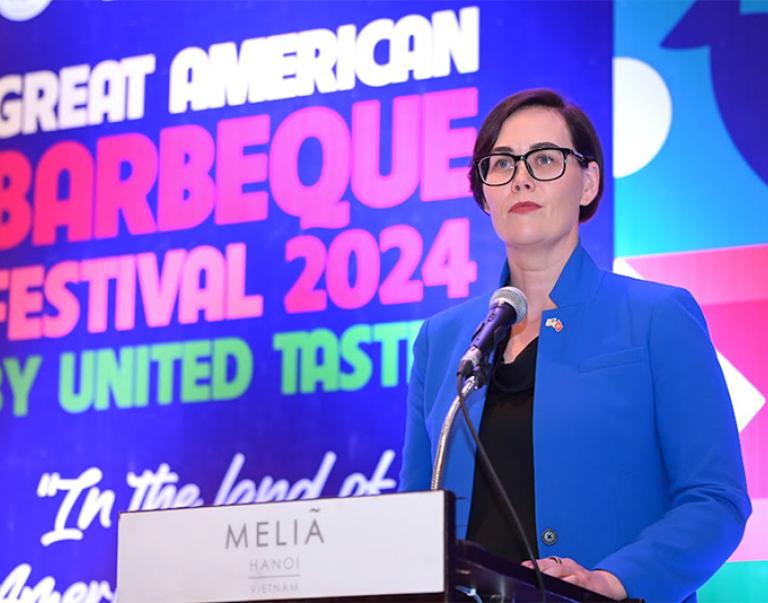WASHINGTON, March 18, 2016 – Agriculture Secretary Tom Vilsack today announced the investment of more than $272 million will go to 41 states and Puerto Rico this year in support of local schools, roads and forests through the Secure Rural Schools and Community Self-Determination Act (SRS). The SRS is administered by the U.S. Forest Service.
"The Secure Rural Schools program has allowed USDA to work directly with community leaders to meet rural communities' unique education, transportation, and conservation needs," said Secretary Vilsack. "This support is part of the Administration's ongoing commitment help rural communities remain self-sustaining and prosperous."
The payments from the Forest Service may be used to support public schools and roads; to help maintain and improve the health of forests; and for other county needs like implementation of "Firewise Communities" projects, development of community wildfire protection plans and reimbursements for emergency services on national forests. Forest projects are reviewed and recommended by resource advisory committees made up of local residents working together to improve the environment and to help provide jobs in rural communities.
"I'm extremely pleased that the Forest Service is once again participating in this essential program," said U.S. Forest Service Chief Tom Tidwell. "As we've seen repeatedly in past years, the Secure Rural School program not only provides funding for schools and roads, but also provides funding for conservation projects recommended by the collaborative Resource Advisory Committees."
The Secure Rural Schools local resource advisory committees (RACs) provide the public with opportunities to collaborate on the management of national forests and grasslands. This year almost $27 million of the SRS funding will be used to complete conservation projects on federal lands proposed by the local RACs. SRS increases educational opportunities and contributes to local economies through the jobs for implementation of local projects and the increased recreational opportunities that those projects support.
In South Carolina, for example, SRS funding helped a community repair a popular horse trail on the Francis Marion National Forest with the additional benefit of improving and protecting the integrity of nearby waterways. In Clearwater County, Idaho, the community is converting a fuel oil boiler system at the Pierce Community Center to use woody biomass culled from nearby State and federal forestlands.
Each state's payment amount is determined by a number of factors set in the law, including the number of counties electing to share in that State's payment. A breakdown of funding by state and county is available on the U.S. Forest Service SRS website.
The mission of the Forest Service, part of the U.S. Department of Agriculture, is to sustain the health, diversity, and productivity of the Nation's forests and grasslands to meet the needs of present and future generations. The agency manages 193 million acres of public land, provides assistance to state and private landowners, and maintains the largest forestry research organization in the world. Public lands the Forest Service manages contribute more than $13 billion to the economy each year through visitor spending alone. Those same lands provide 20 percent of the Nation's clean water supply, a value estimated at $7.2 billion per year. The agency has either a direct or indirect role in stewardship of about 80 percent of the 850 million forested acres within the U.S., of which 100 million acres are urban forests where most Americans live.
#
USDA is an equal opportunity provider and employer. To file a complaint of discrimination, write: USDA, Office of the Assistant Secretary for Civil Rights, Office of Adjudication, 1400 Independence Ave., SW, Washington, DC 20250-9410 or call (866) 632-9992 (Toll-free Customer Service), (800) 877-8339 (Local or Federal relay), (866) 377-8642 (Relay voice users).



